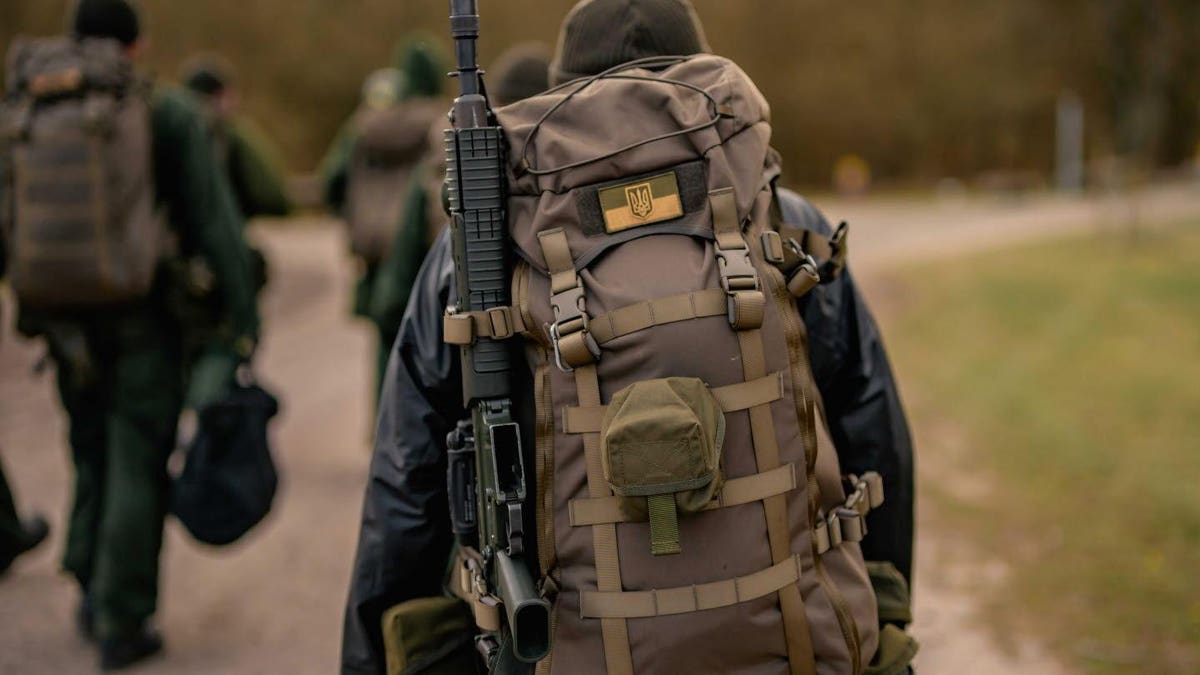The Ukrainian armed forces in recent months have stood up dozens of new brigades. They have equipped at least nine of them mostly with heavy equipment donated by Kyiv’s NATO allies. Many of the rest are drawing their tanks, fighting vehicles and artillery from Ukraine’s reserve of ex-Soviet weaponry.
One brigade—or battalion—is unique. It reportedly will operate all the armored vehicles and artillery that Sweden, a non-NATO ally, has pledged to the war effort.
That unit is a mystery to outside observers. We don’t know what it’s called, how it’s organized or where it is, for sure. In that sense, it’s not unique. Kyiv closely has guarded information about many of its new ground formations—clearly hoping to preserve some element of surprise as it deploys these units to the front line.
Sweden long has aligned with NATO but didn’t apply to join the transatlantic alliance until after Russia widened its war on Ukraine 17 months ago. NATO requires unanimous consent from current member states before it admits a new member, and Turkey has withheld its consent for Sweden to join.
Ankara accuses Stockholm of tolerating anti-Turkish Kurdish extremists. Swedish officials patiently explain to their authoritarian counterparts in Turkey that Sweden is a pluralistic society with strong protections for minorities, political opposition and free speech.
Sweden in any event has coordinated with NATO its support for Ukraine’s armed forces. Starting in December, NATO countries announced big new consignments of tanks, fighting vehicles and artillery in order to equip new brigades for Ukraine’s long-planned counteroffensive, which kicked off on June 4 in southern Ukraine’s Zaporizhzhia and Donetsk Oblasts.
Not to be outdone, Sweden in January and February announced a major arms package for Ukraine including eight Archer 155-millimeter howitzers, 10 Stridsvagn 122 tanks—basically, Swedish versions of the German-made Leopard 2A5—and 50 CV90 infantry fighting vehicles with powerful 40-millimeter autocannons. The vehicle consignment boosted to $1.5 billion the total value of Swedish military support for Ukraine.
Ukrainian troops soon arrived in Sweden for training on the new vehicles. “They are quick learners and incredibly hard-working,” one Swedish instructor said of his trainees. “They are particularly skilled in the mechanical details. They are not so used to advanced technology, but they learn quickly.”
Training for the three-person CV90 crews wrapped up in late May or early June. By late June, the first CV90s had appeared in Ukraine, reportedly somewhere around the ruins of Bakhmut in the Donbas region in the east.
The Strv 122s and Archers have yet to appear, however. Which is odd. Ukraine reportedly is forming a whole brigade around the Swedish vehicles. So wherever the CV90s are, the ex-Swedish tanks and howitzers should be, too.
Equally odd: 50 IFVs, 10 tanks and eight howitzers is not enough for a brigade—not even a Ukrainian brigade, which with around 2,000 people tends to be smaller than, say, an American brigade is. Ukrainian mechanized brigades typically have three or four line battalions with a combined arsenal of around a hundred IFVs and 30 tanks, plus an artillery battalion with two dozen howitzers.
The heavy weapons Sweden has pledged, while sophisticated, are too few in number fully to outfit a whole brigade. They amount to around half a brigade.
Broadly speaking, planners in Kyiv have two options: to form an independent combined-arms battalion around the Swedish-made equipment; or to supplement the ex-Swedish hardware with ex-NATO or ex-Soviet systems.
Both options have precedent. There are independent battalions in the Ukrainian order of battle. And there are full brigades that mix and match Western and Soviet-style weapons.
If Kyiv is forming a Swedish brigade, what’s it called? The list of announced monikers for new mechanized brigades is long and growing: there’s the 21st, the 23rd, the 31st, the 32nd, the 41st, the 42nd, the 43rd, the 44th, the 47th, the 88th, the 116th and the 118th, among others.
We don’t know which of these might own the CV90s, Strv 122s and Archers—and it’s likely Ukrainian commanders prefer we, and the Russians, don’t know. It’s apparent that Kyiv has been holding in reserve around half of its new brigades, waiting to deploy them only after the initial counteroffensive brigades open gaps in Russian defenses.
Read the full article here





